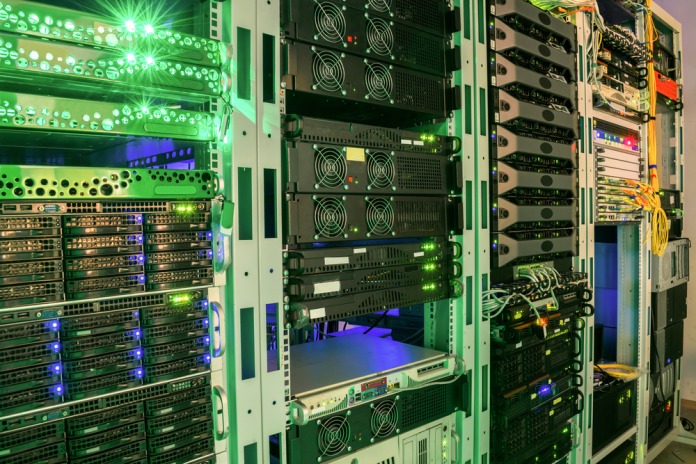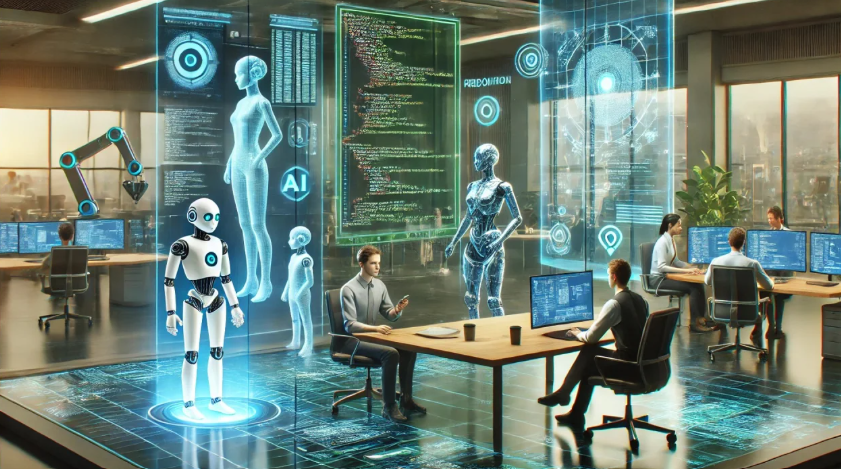Introduction
Servers are an essential part of the digital world. They store, manage, and deliver data to other devices and users on a network. From hosting websites to providing cloud services, servers are the backbone of many online operations. This article explores what servers are, how they function, and their crucial role in various industries.
What is a Server?
A server is a powerful computer or system that provides services, resources, or data to other computers, known as clients, over a network. Servers can handle multiple requests simultaneously, offering services such as email hosting, file storage, and website hosting.
Types of Servers
There are several types of servers, each designed for specific tasks:
- Web Servers: These servers host websites and manage the delivery of web pages to users when they request them through a browser.
- Database Servers: Database servers store and manage large amounts of data, ensuring that it is accessible to users and applications in a secure and efficient manner.
- Mail Servers: Mail servers handle the sending, receiving, and storing of emails, ensuring that users can send and receive messages.
- File Servers: File servers allow users to store, access, and share files over a network, typically in businesses or enterprise environments.
- Application Servers: These servers run applications and provide the necessary resources to execute software applications remotely.
How Servers Work
Servers work by listening for requests from clients on the network. When a client makes a request, the server processes it and sends back the requested data or performs the necessary task. This process is typically facilitated by protocols such as HTTP (for web servers), IMAP (for email servers), or SMB (for file servers).
Hardware Requirements for Servers
Servers are typically more powerful than regular computers, with high-performance processors, ample storage, and robust networking capabilities. Server hardware is often designed to run 24/7, so reliability, scalability, and redundancy are critical features. Common server components include:
- CPUs (Central Processing Units): Servers often use multi-core processors to handle multiple requests simultaneously.
- RAM (Random Access Memory): Servers need large amounts of RAM to process multiple tasks at once.
- Storage: Servers usually have large hard drives or SSDs (Solid State Drives) to store data.
- Network Interface Cards (NICs): High-performance NICs are essential for handling large amounts of network traffic.
Server Virtualization
Server virtualization is a process that allows a single physical server to host multiple virtual servers. This allows businesses to optimize hardware usage, reduce costs, and improve flexibility. Virtualization is commonly used in data centers and cloud environments.
Conclusion
Servers play a pivotal role in modern computing. Without them, many of the services we rely on daily, from web browsing to cloud applications, would not be possible. As technology continues to advance, the role of servers will evolve, with increased emphasis on scalability, security, and virtualization.




